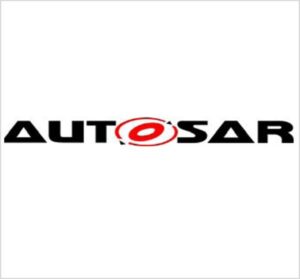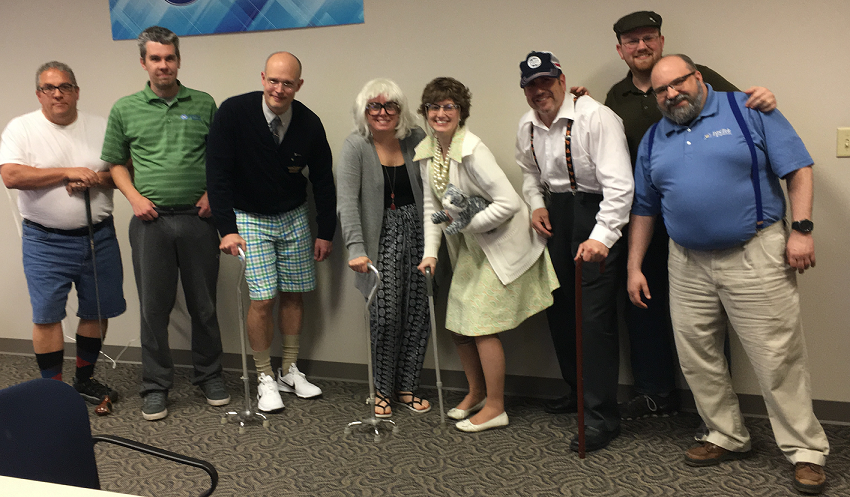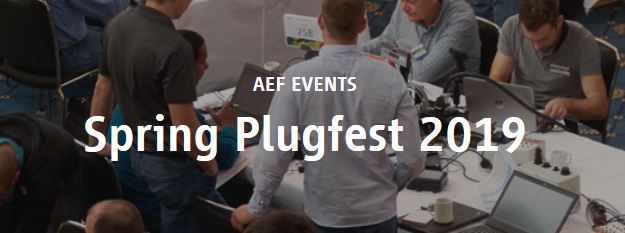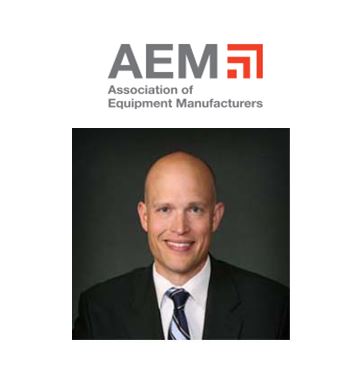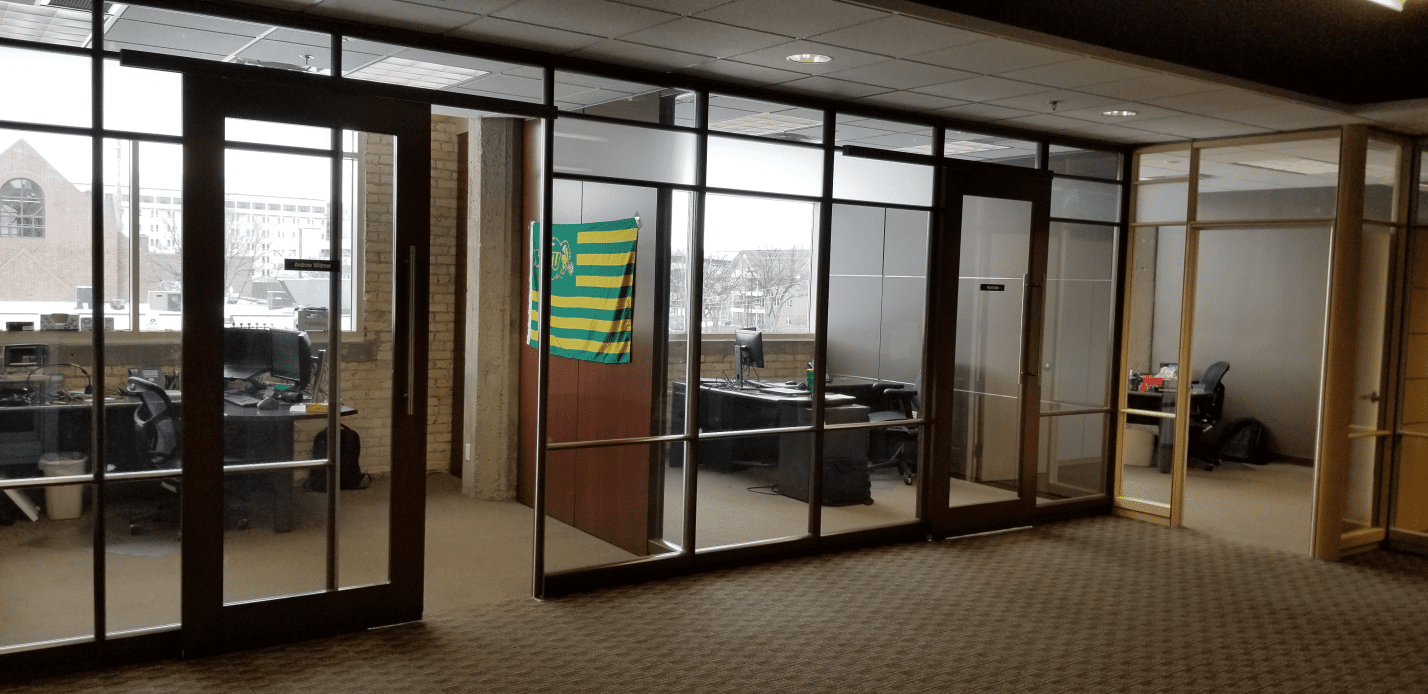Understanding the C Tool Chain
I find that in today’s age of IDEs like Visual Studio, Eclipse, Code Blocks, etc., that many developers get hung up on linker issues. This is completely understandable as many languages have moved away from the compiler/linker paradigm toward single compilation units or virtual machine code. Also, these modern development environments hide many of the steps that it takes to get a working executable out of working code. The result is that most of the C developers I run into are very familiar and are even experts in the C language itself, but unexpectedly struggle when presented with a build configuration issue.



